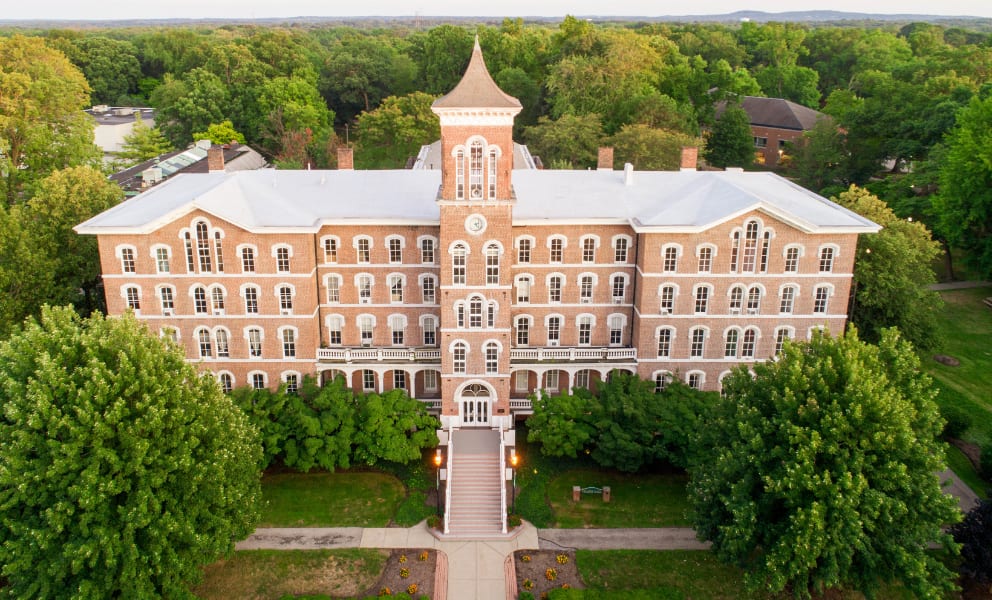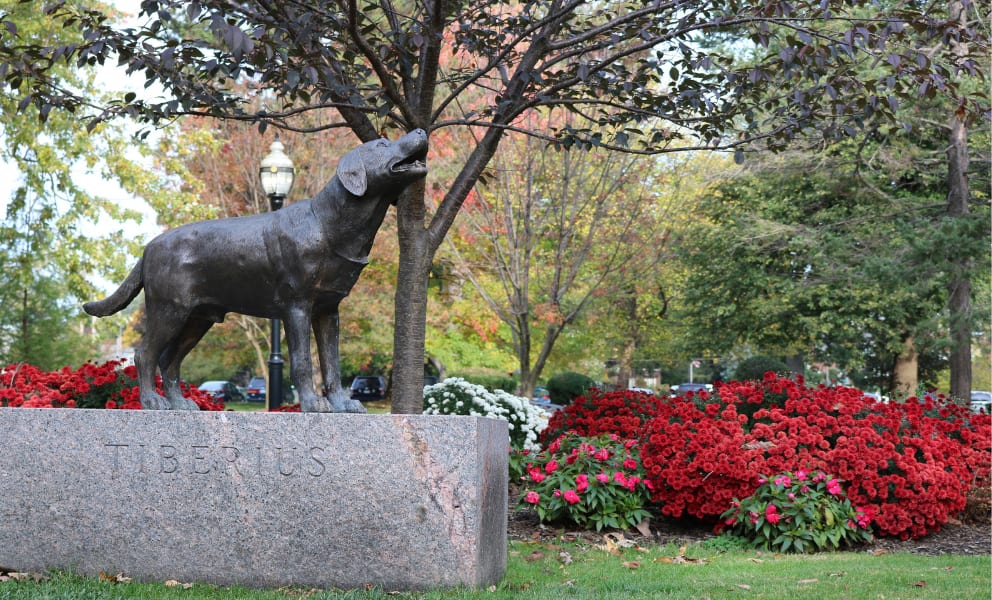Lake Erie College took a step outside the box and is reaping the rewards. Founded in 1856, the school is based in Painesville, Ohio, about 30 miles from Cleveland. It’s the only four-year college in Lake County, giving the institution’s leadership, faculty, and staff an additional layer of responsibility for their community.
To meet that need, Lake Erie College partnered with Trane and the National Coalition of Certification Centers (NC3) in 2018 to create a state-of-the-art vocational technical lab and HVACR certification program.
“It’s not the norm for a small, liberal arts college to offer certification programs like this one,” said Dr. Brian Posler, President of Lake Erie College. “But we know the trades offer wonderful career opportunities, and a lot of students in Painesville and surrounding Lake County didn’t have access to that type of training. It made sense for us to explore this opportunity.”
An Idea is Born
Lake Erie College has 18 buildings, some of them quite old. Along with that, the school has a wide variety of heating and cooling machinery. This aging equipment is an ongoing challenge for the college’s small maintenance team: Facilities Director Herb Dill and Facilities Manager Rob Goe.
Despite their tight budget, Dill and Goe were looking for creative ways to keep the equipment running well when they realized the campus was an ideal lab to teach HVACR. They could set up a rigorous night program to help young adults learn a trade. At the same time, their students could help them maintain the campus’s diverse equipment.
Dill and Goe were passionate about the idea and, over the course of a year, helped convince Dr. Posler and the board of directors that the program was a good investment. The two now run Lake Erie College’s HVACR lab and provide instruction.
“With all our HVACR maintenance needs, the campus itself becomes a lab to augment training,” said Dr. Posler. “We married these maintenance needs with the community’s need for more trades education. We realized there was this really important gap, and we needed to fill it.”



































































































